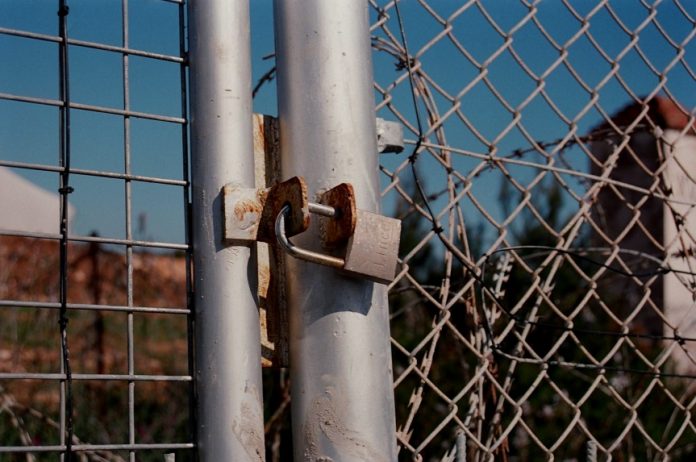The Spanish enclave of Ceuta is the last stop on the African continent for thousands of migrants who spend months or years trying to reach Europe. Dreaming of Spain, they live off Moroccan rubbish dump – located on the hills above Fnideq, a seaside city not far from where the royal family holidays.
Seen daily, migrants throw themselves onto incoming rubbish trucks, eager to stock up before the load gets buried in the dump.
According to the Agence France-Presse (AFP), while the land route through Ceuta or the second Spanish enclave of Melilla is popular, many more migrants are increasingly reaching Spain by boat.
More than 22,000 people made the crossing last year, while so far this year more than 15,000 have reached Spain by sea, according to figures from the UN refugee agency.
The numbers are comparable to Italy, which this year has seen nearly 17,000 people arrive, while close to 14,000 have made it to Greece by sea, the UNHCR data show.
As reported by the Reuters news agency, Spain could become the new main entry point for asylum-seekers fleeing Africa.
Around 19,000 asylum-seekers arrived in Spain in the first five months of this year, almost as many as arrived there in all of 2017, a record year, and eclipsing for the first time the numbers flowing through north Africa to Italy.
The surge has intensified in recent weeks as Italy’s new government shut its ports to most asylum-seekers, rescue officials say.
Meanwhile, Morocco said it was boosting efforts to counter illegal immigration this summer, the busiest time for sea crossings.
“Morocco is committed to cooperating with its partners in the fight against illegal migration,” government spokesperson Mustapha El Khalfi said.
EU officials in Brussels are struggling to agree on a joint response to migration to calm tensions in Italy and Germany. Leaders signalled their concerns over Spain last week when they reached a new accord on the issue, pledging to support Madrid and Morocco to stem the tide.

